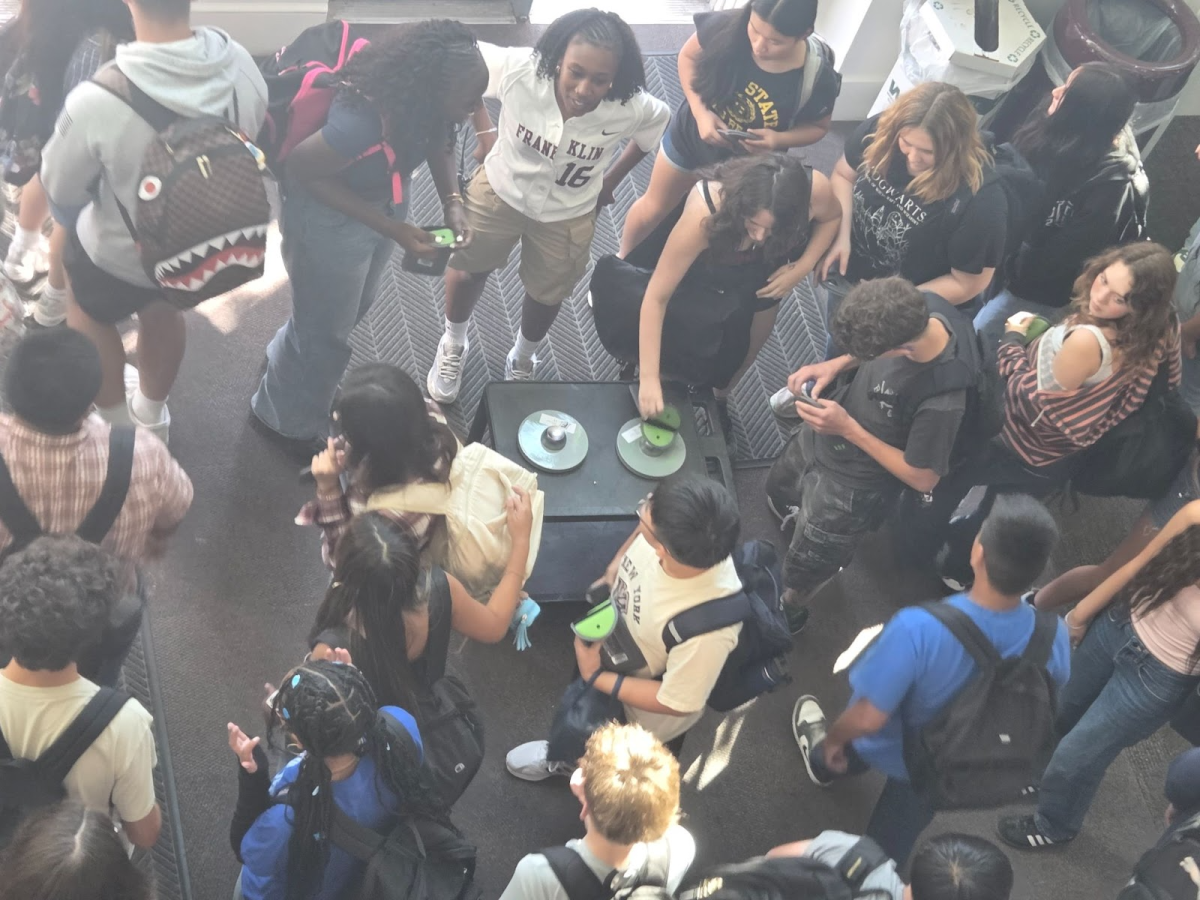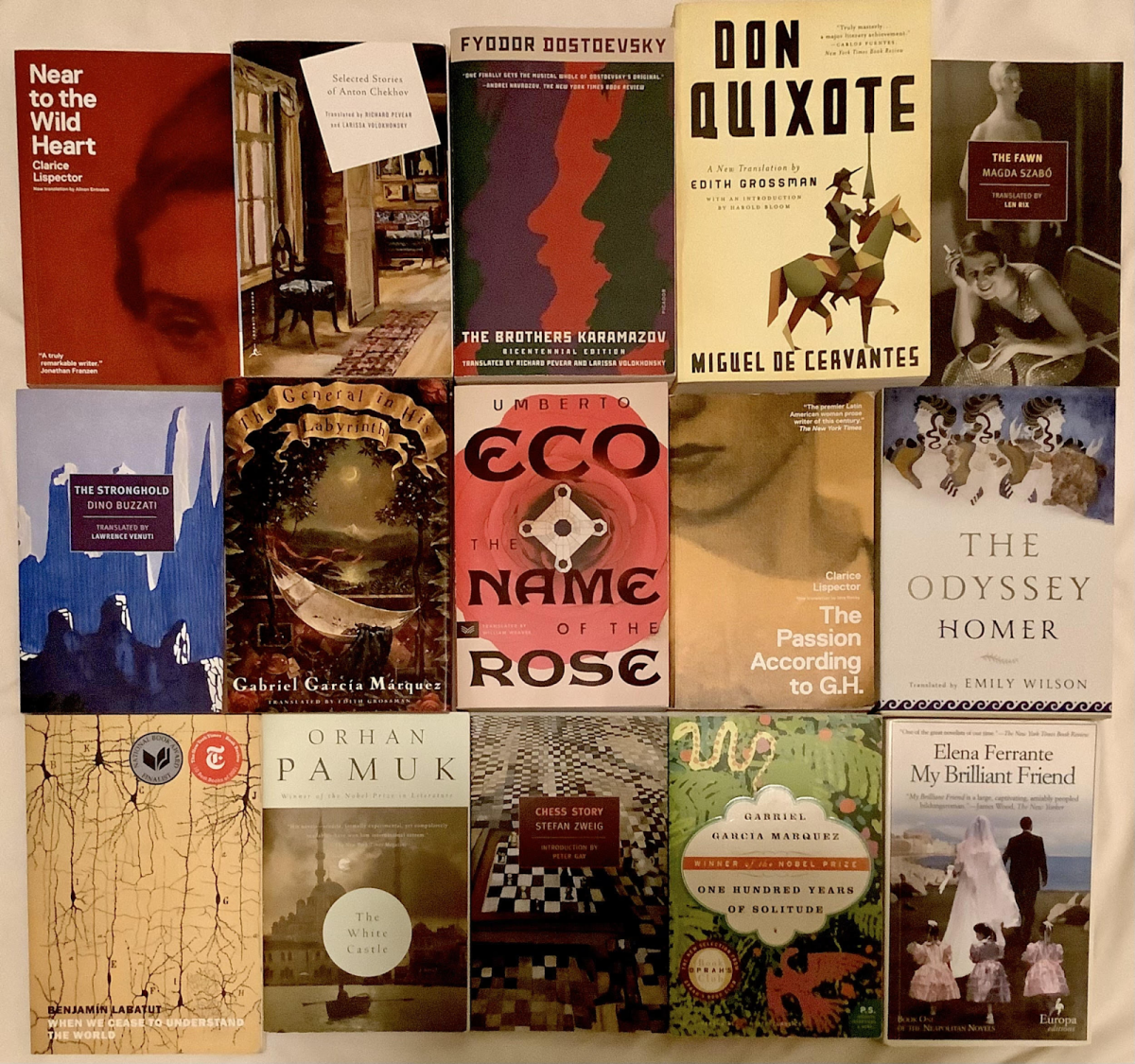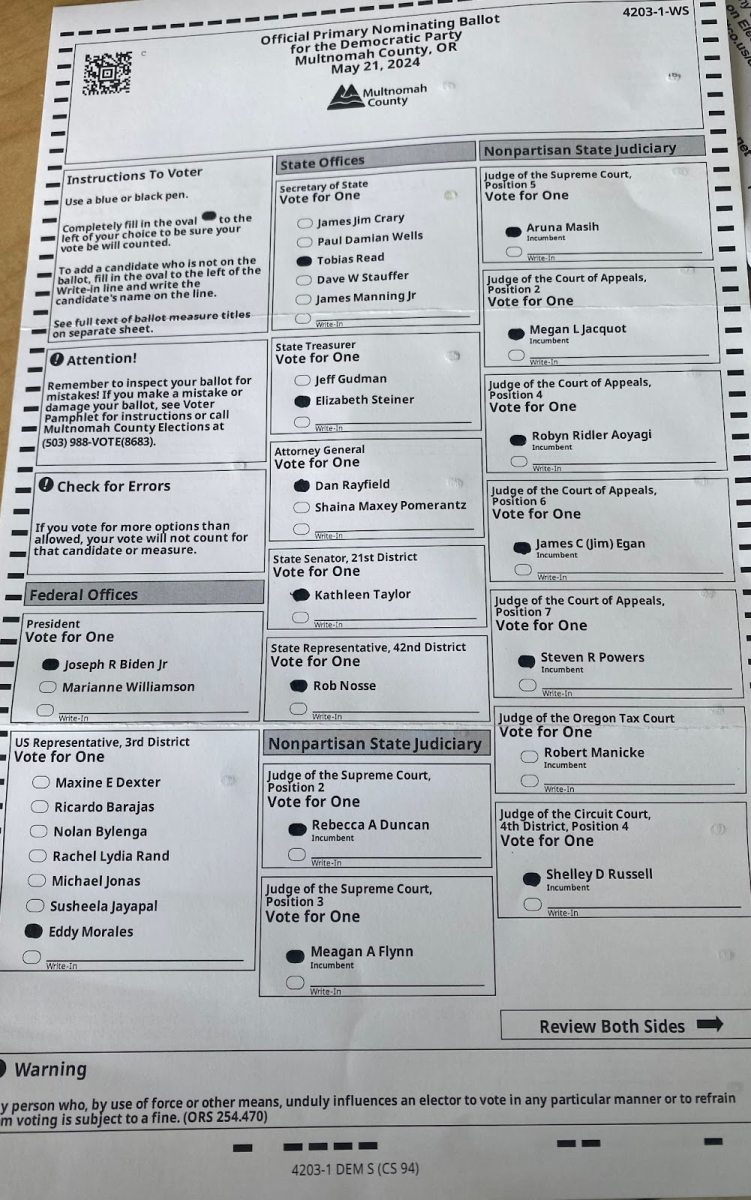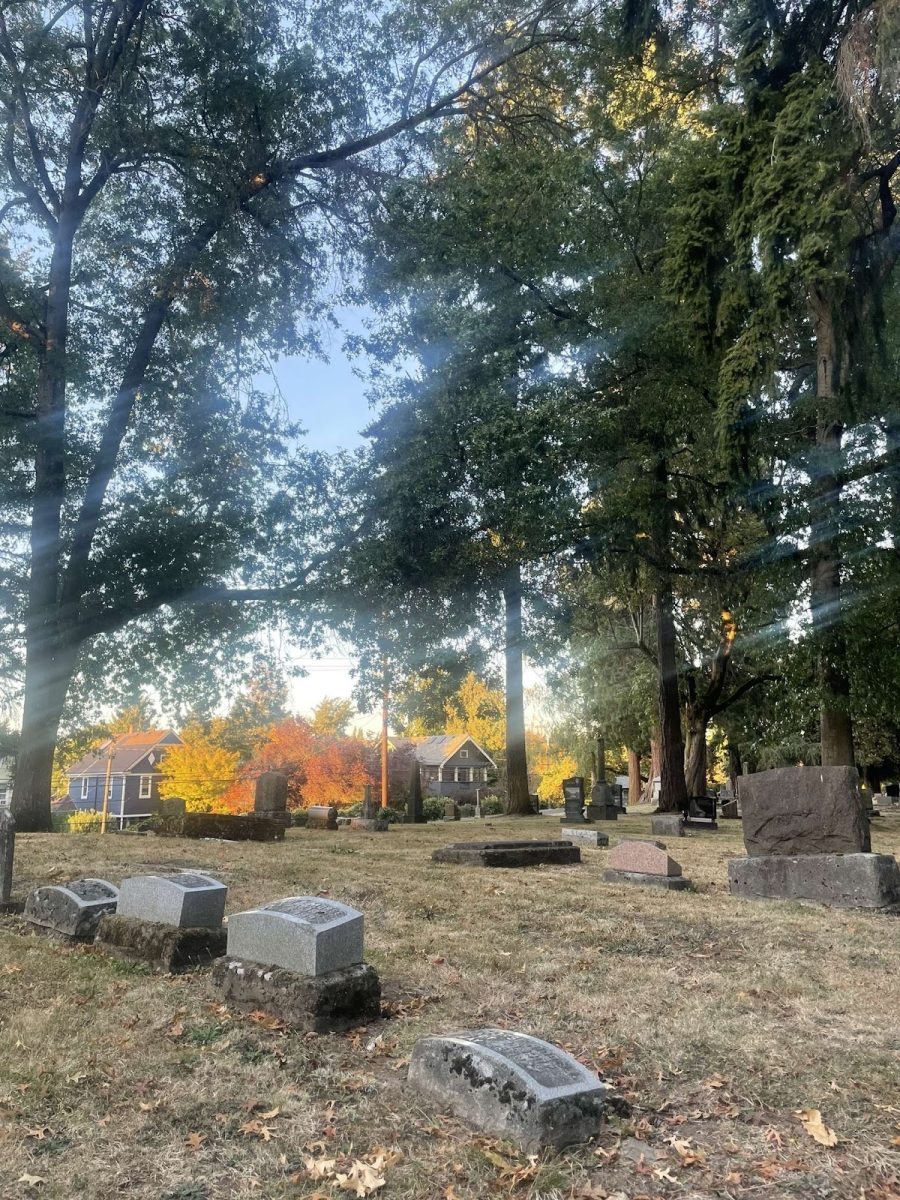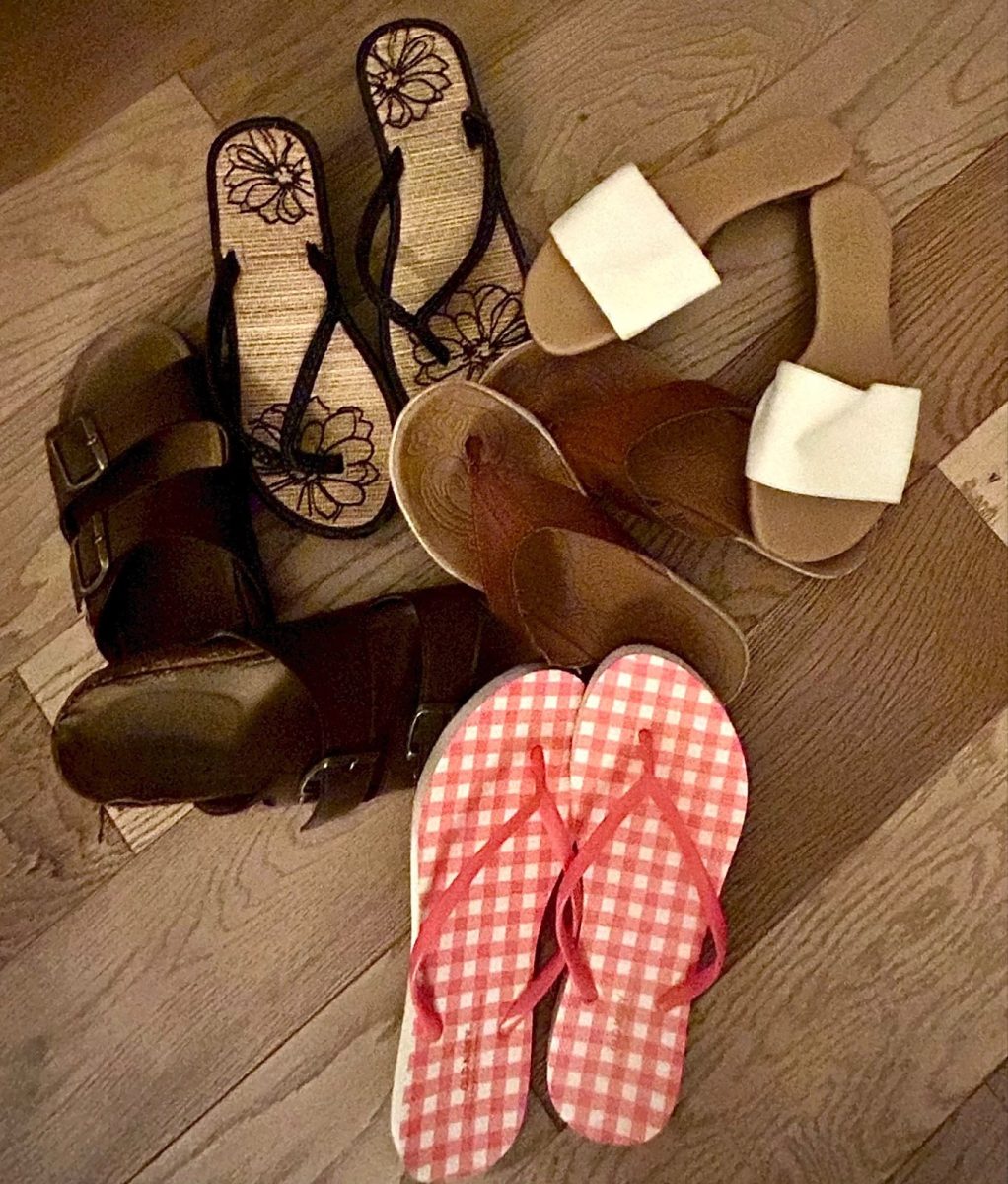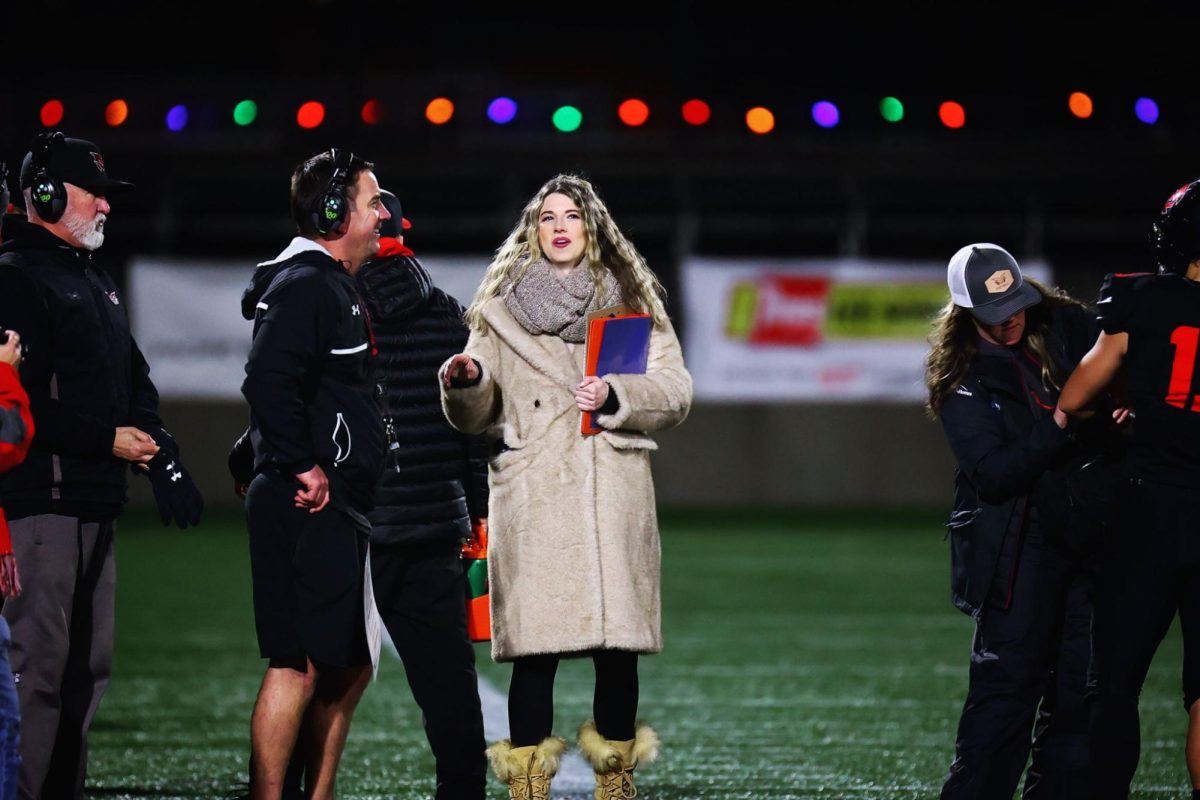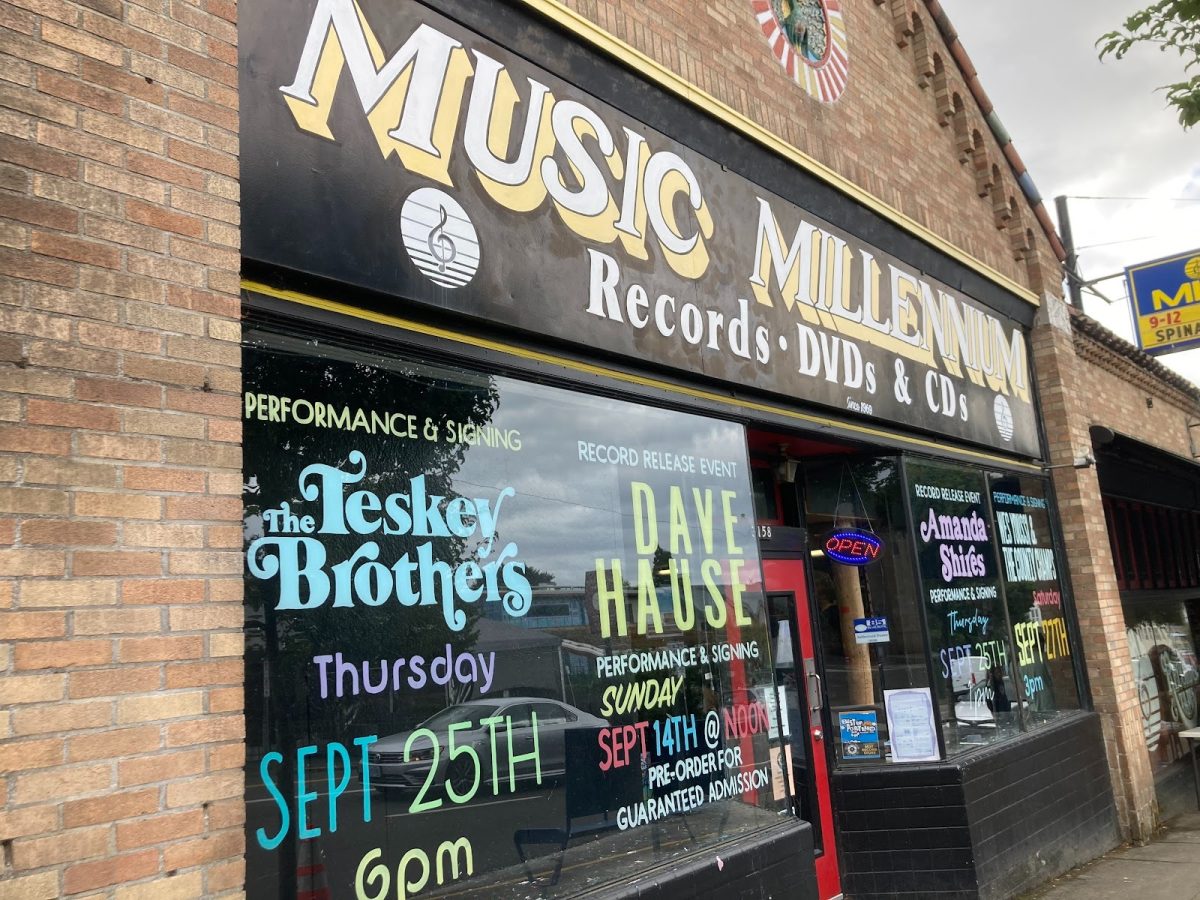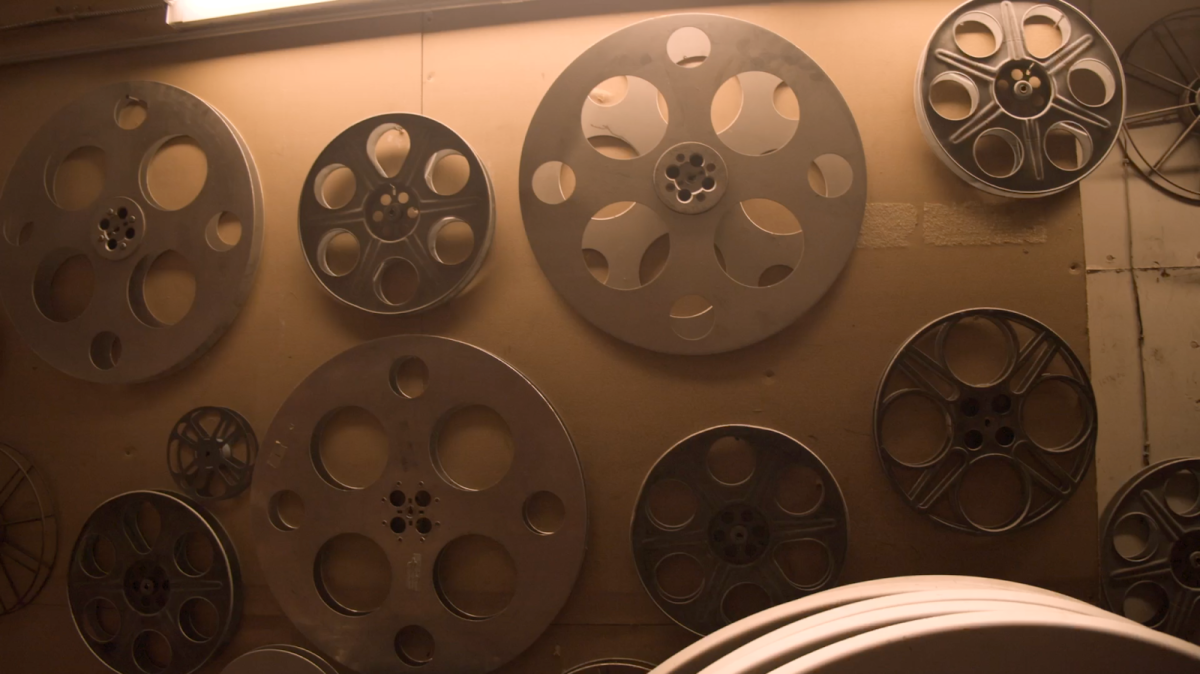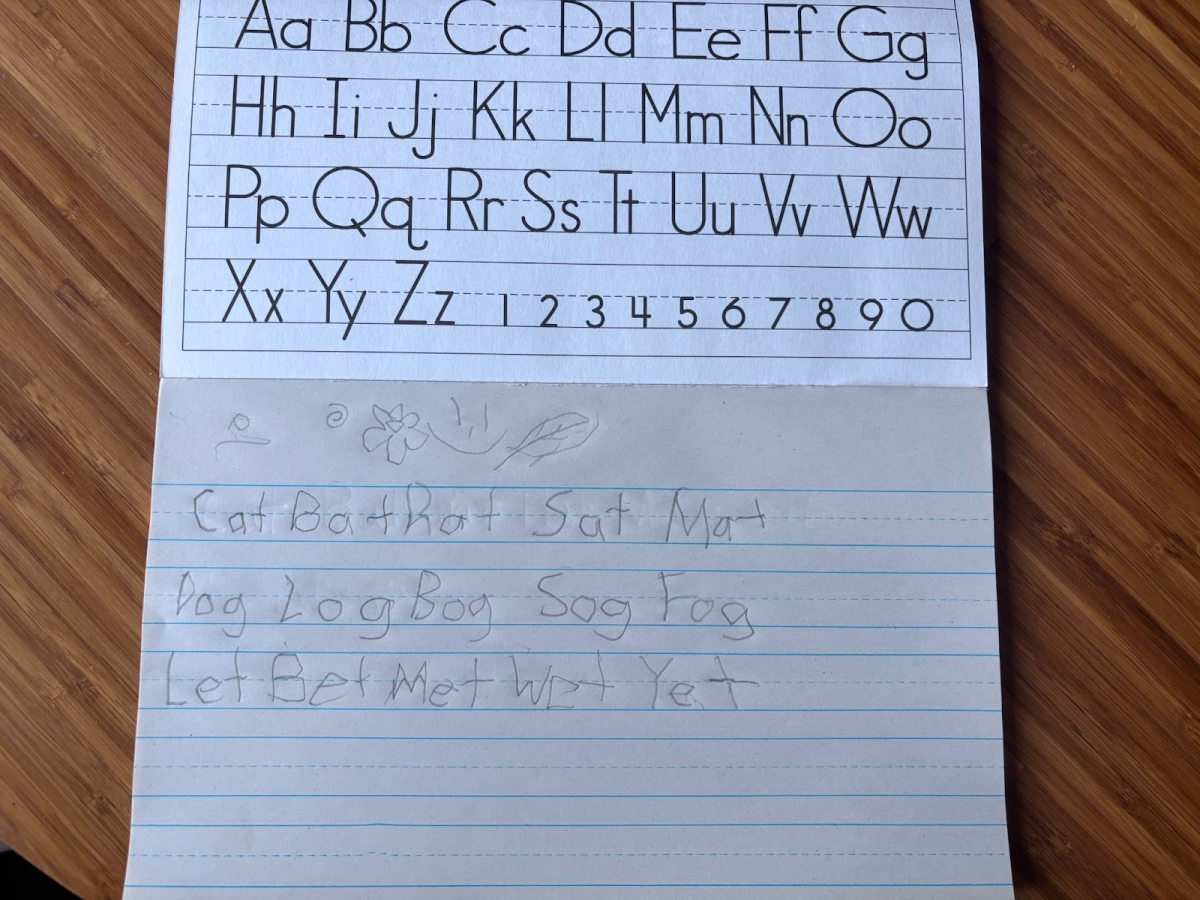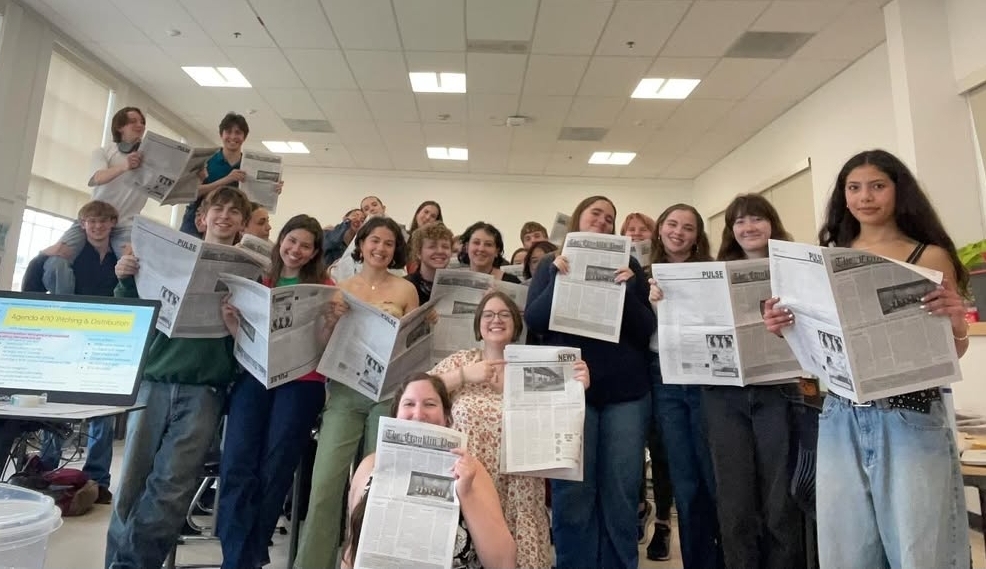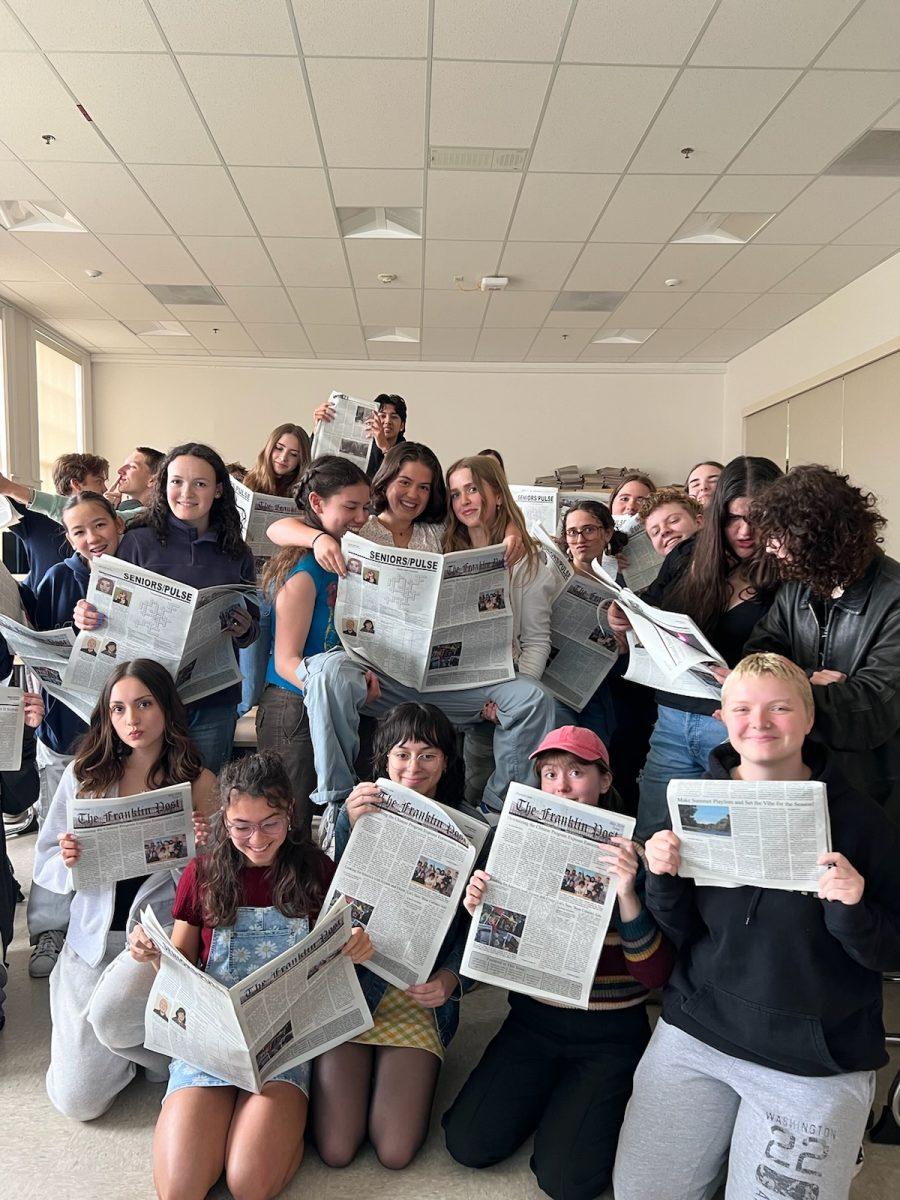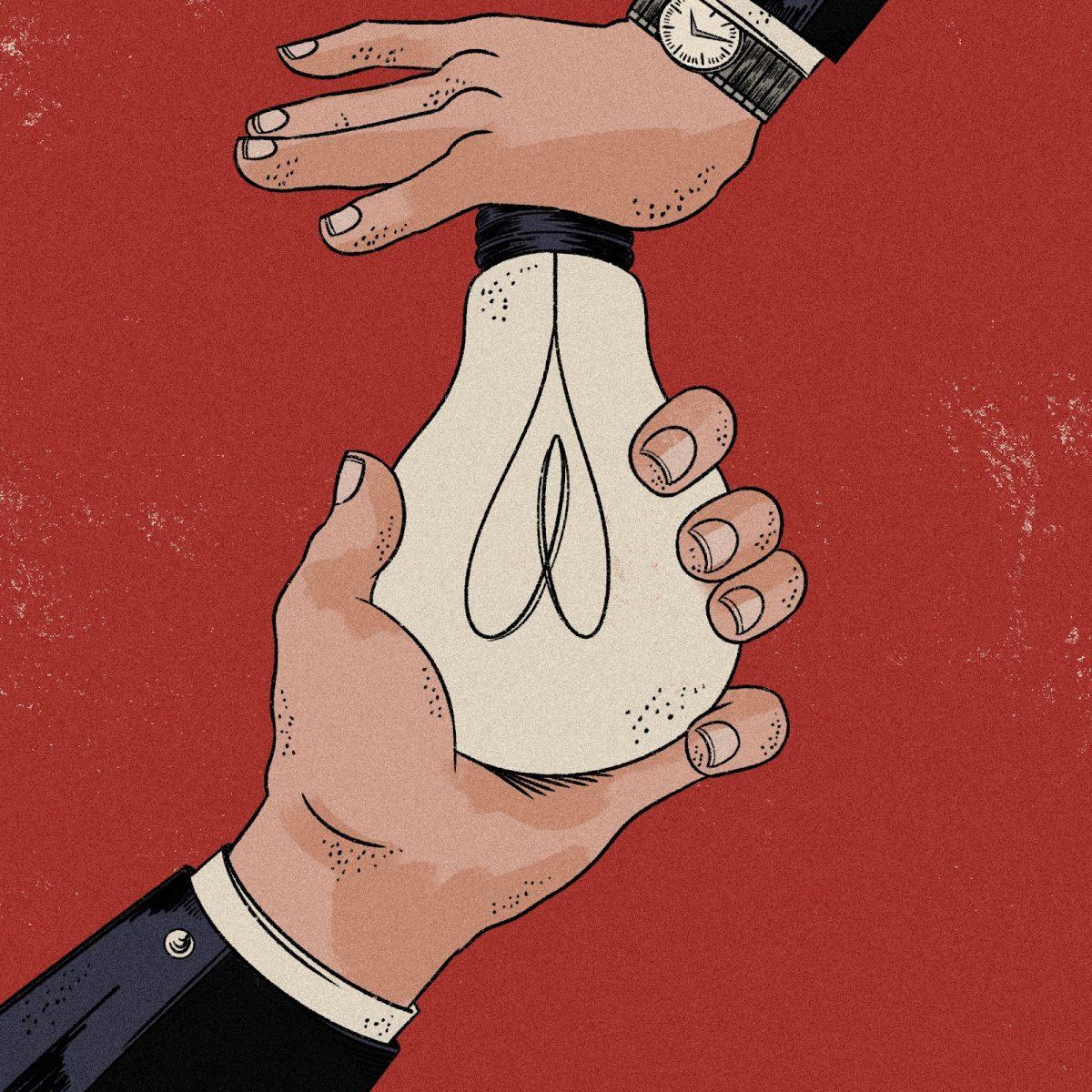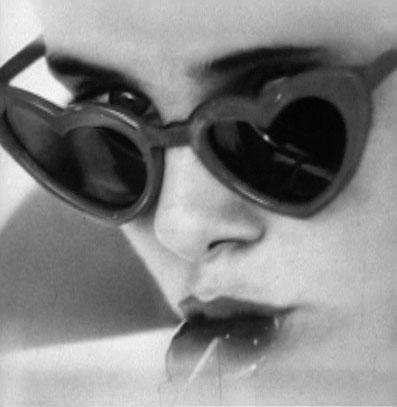
“Lolita, light of my life, fire of my loins. My sin, my soul.” This is the first line in the novel Lolita by Russian American author Vladimir Nabokov. It is largely known for its controversial display of a literature professor called Humbert Humbert, nothing less than a child molester and murderer, who is infatuated with 12-year-old Dolores Haze, with whom he becomes sexually involved after he becomes her stepfather. When Lolita was first published, it had a mixed response—some considered it abominable, while to others it was a work of art. Lolita has gained a cult following and is deemed a classic novel by many. This story is one of many controversial works to feature a relationship between a young girl and older man. To name a recent example, I Love You, Daddy, which was cancelled before its November 9 release date, was a film about a 17-year-old girl dating a 68 year old man, starring and directed by admitted sexual predator Louis C.K.
Films like these bring forth a jumbled ball of reactions and emotions that cause the viewer to reflect upon themselves and their own morality. As stated in NPR’s podcast All Things Considered, “Readers always read, I think, out of a tremendous curiosity about other human beings,.We’re looking for another soul on the page…Even if we would never condone [Humbert’s] vain and deadly infatuation, we understand it. We’re complicit in his sins, and our complicity is seductive and terrifying.” They reflect the inner workings of a world constantly battling its hold on power, sex, and age. “The sexualization of minors, the kind on display in I Love You, Daddy is repeatedly romanticized. ‘Daddy’ itself, the word, adopting suggestive overtones,” writes Megan Garber in an article for the The Atlantic titled “Louis C.K., Roy Moore, and Hollywood’s Sexualization of Girls.”
Relationships such as these are not uncommon in media. In acclaimed show Pretty Little Liars, Aria Montgomery, a 15-year-old girl, manages her way into a bar. A man sitting a few seats down strikes up a conversation. Aria leads him on to think she’s older than she is. They engage in a heated makeout session in the bar bathroom. The next day, Aria discovers that the guy she met at the bar is her new English teacher. He tries to do the right thing and tell her their relationship can not continue. But the now lovesick teenager doesn’t want to let him go. Later in the series, Aria discovers this man was aware of her age before their first encounter; realizing the relationship was based on ill intentions. A question that opposers of the taboo relationship hold is, how does the glorification of these types of relationships influence their viewers? The target audience of Pretty Little Liars is teenagers. When a show, book, movie, etc, whose demographic is pre-teen or teens, glorifies and normalizes predatory relationships, it sends a message that it is an acceptable behavior. For example, during an interview with the lead actresses in 2011, two teenage girl fans said they would “totally do what Aria did and date a teacher.” The group then briefly discussed the relationship, with the lead actresses responding in agreement with the statement, still managing to make it something to aspire to.
Much can be said about the representation of minors on display in commercial television. A study and website conducted by the Parents Television Council called, “Tinseltown’s New Target: A Study of Teen Female Sexualization on Primetime TV,” asks for a reversal on the pattern of the sexualization of teen girls in media. This study, based on the viewing of the most popular shows with 12 to 17 year-olds, shows that when underage female characters appear on screen, a larger amount of sexual content is depicted. Characters show little to no negative response to being sexualized, and more sexual incidents occur outside of a committed relationship than within its boundaries. Some of the major findings are 47% of underage female characters were shown participating in a larger amount of sexual depictions compared to the adults. Only 5% of the underage characters communicated any dislike for being sexualized. Out of all the sexualized female characters depicted in the underage and young adult category for the entire database, 86% were presented as only being of high school age. 75% of shows that included sexualized underage female characters were shows that did not have an “S” descriptor to warn parents about the sexual content. Based upon a definition established by the American Psychological Association of “healthy” vs. “unhealthy” sexuality, the study findings show that 93% of the sexual incidents involving underage female characters occurred within a context that qualified as “unhealthy.” Overall, the data shows that 73% of the underage sexualized incidents were presented in a humorous manner or as a punchline to a joke.
Works of film, old and new, explore an eagerness to not only objectify, but to sexualize minors in a matter that leads real teenagers to believe their sole value comes from their sexuality. For example, odious Lolita and distasteful I Love You, Daddy normalize a predatory and harmful male fantasy. This is no longer about the sickness of early sexualization in our culture and entertainment, but about the generations of minors who are being told how society expects them to behave.



